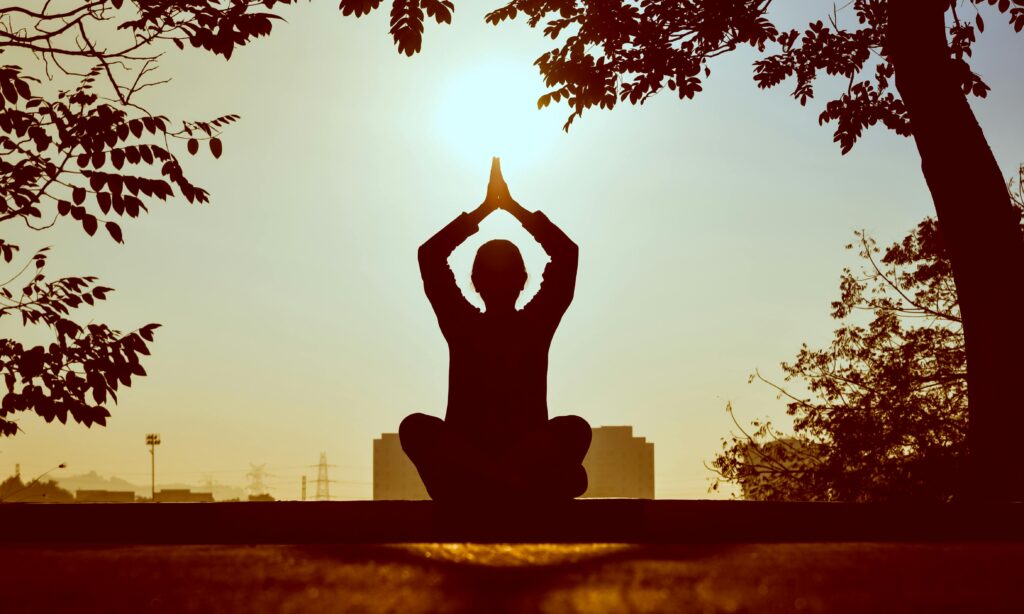Does the September season also mean new resolutions?
If yoga is on your list, here’s a guide to help you choose the ideal yoga style. Whether you’re just starting or looking to deepen your practice.

Why choose yoga ?
Before we get into styles, ask yourself: What am I looking for in yoga?
- Getting back into physical activity?
- Relaxation?
- Improved focus and concentration?
- Better sleep?
- Reconnecting with your body and your sensations?
Good news: there’s something for everyone!
But with so many options out there, how do you know where to start?
The Most Popular Yoga Styles
HATHA YOGA
You hold the poses longer, which helps to strengthen muscles in depth. Each class can vary depending on the teacher’s creativity, so intensity can differ from session to session. The hatha yoga style emphasises breathing and relaxation. Personally, I think it’s the best choice for beginners because it gives you time to follow the class and really understand the poses… though I may be slightly biased.
ASHTANGA
Practitioners follow a set series of postures with a breath that heats the body. Great for building strength, flexibility, and cardio fitness. Traditional Ashtanga is the most intense form of yoga I know, requiring advanced body control and discipline. I wouldn’t recommend it for complete beginners or those who are less active.
HOT YOGA
Less physically demanding, but practiced in a room heated up to 40°C (104°F), which isn’t suitable for everyone. The heat can help loosen the body and, some say, “detoxify” it.
VINYASA YOGA
One of the most common yoga styles, also called “Yoga Flow.” It’s a dynamic sequence where each inhale and exhale leads into the next posture, creating a sense of constant fluidity and movement. This yoga style is more physically oriented and can improve cardiovascular fitness.
IYENGAR YOGA
A therapeutic form of Hatha yoga, focusing on proper alignment using props like straps, blocks, chairs, and blankets. It’s rigorous but very respectful of the body.
YIN YOGA
A softer, more contemplative practice inspired by Hatha yoga. Poses are held for several minutes, targeting connective tissues and promoting release. Yin yoga is perfect if you want to take a pause and observe what’s happening in your body and mind.
KUNDALINI YOGA
Sometimes called consciousness yoga, Kundalini combines postures, powerful breathing, mantras, and meditation. It’s an energetic practice that aims to awaken and circulate vital energy. It can be emotionally intense, but brings mental clarity and vitality.
YOGA NIDRA
Known as “yoga of sleep,” it’s practiced lying down. In a state between wakefulness and sleep, you engage in body awareness, deep relaxation, and visualisation. A very powerful mental practice that reduces stress, improves sleep, and enhances body awareness.
Of course, differences also depend on the teacher, their energy, training, and inspirations. For example, I know a very gentle Ashtanga teacher, while others are much more intense. As they say: tastes vary!
So, for all the yoga lovers out there: which style excites you the most?
